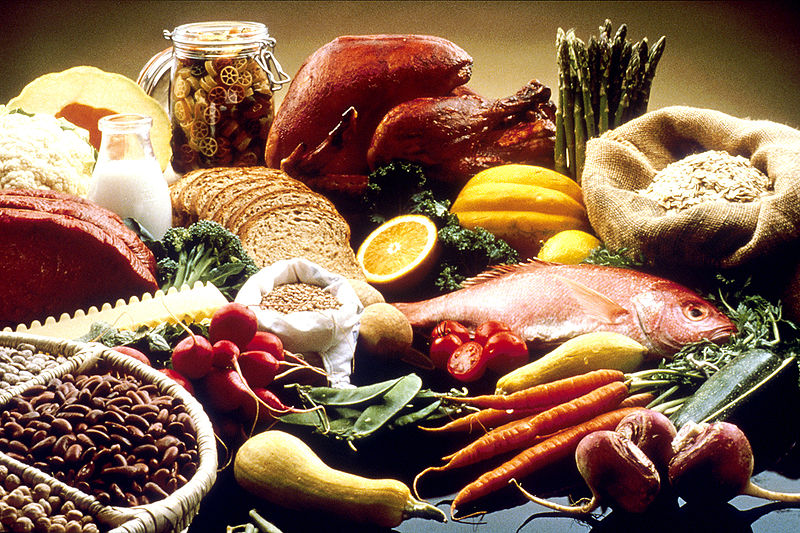The He Waka Eke Noa partnership this week released its recommendations to Government on pricing of agricultural greenhouse gas emissions. You can read about it here. AgResearch’s Robyn Dynes provided commentary on the recommended approach from her perspective as a senior scientist who works closely with the primary industries. She writes:
As a food-exporting nation, it is critical for the New Zealand primary sector to be taking concrete steps to reduce its agricultural greenhouse gas emissions. This proposed levy and approach recommended by He Waka Eke Noa (HWEN) provides a means to reduce emissions and support sustainable food production.
This recommended pricing approach is part of a larger ongoing effort and investment over the last two decades by farmers, iwi, government and scientists to find solutions to help meet New Zealand’s targets for reducing agriculture’s contribution to climate change.
By taking a farm-level, split-gas approach, it does allow farmers clarity on relative contributions to emissions within their own farming systems. It also gives them the ability to make changes and apply the greenhouse gas mitigations which will be most effective for their businesses, now and into the future as new mitigations come to market. This is important because we know the costs and imposition on farmers will vary significantly both across and within sectors.
The recommended approach allows for ring-fencing of any levy revenue generated from Whenua Māori to be recycled back to Whenua Māori, which also allows scientists to focus on supporting Māori farmers and landowners to find climate change solutions that work for them.
There are limited tools currently available to farmers to reduce their emissions and therefore levy costs. Existing options include low methane genetics in sheep developed by AgResearch in partnership with the government and industry.
The encouraging thing as we look ahead is the signalled increase in investment coming from government and industry to accelerate the research and development of new mitigations, which may include methane and nitrous oxide inhibitors, new generation animal feeds that reduce emissions, and a methane-reducing vaccine. While the focus has been on methane produced by livestock as the largest single contributor to global warming from agriculture, we also need to recognise the role of nitrous oxide and ensure we are providing solutions fit for the spectrum of food and fibre producing industries.
As we continue to engage with farmers, and develop and prove the efficacy of new tools, another important role for scientists will be gathering evidence to assist industry in understanding the potential to `stack’ these greenhouse gas mitigations and how much added value this might bring, including delivery to Essential Freshwater goals. One such example of stacking mitigations would be evidence of the size of the reduction in methane emissions where specialised feeds or feed additives are given to an animal that is already bred to produce less methane.”
(Note: Robyn and colleagues at AgResearch provided science advice to He Waka Eke Noa.
Source: AgResearch












